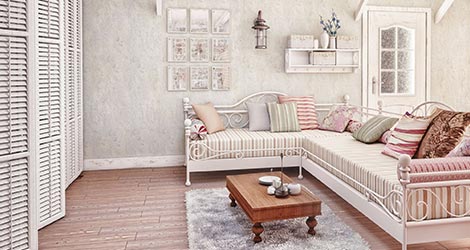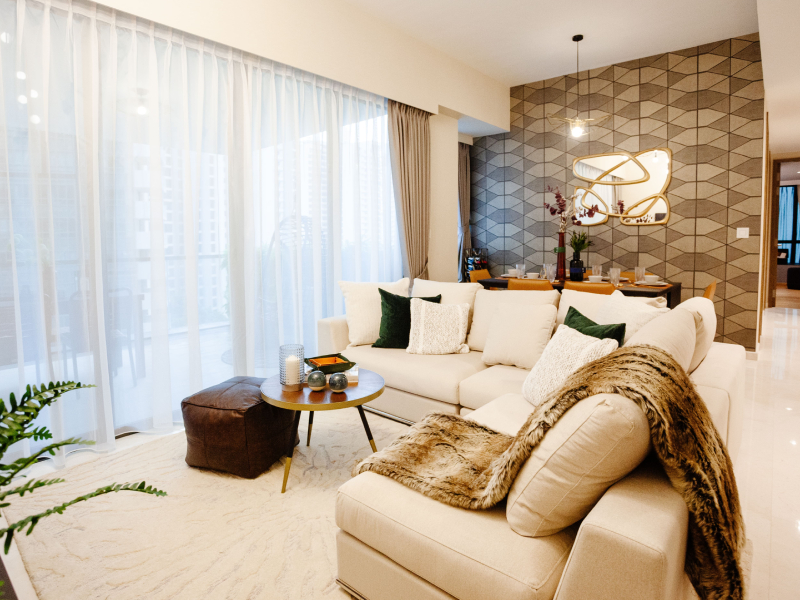
From choosing the colour, the fabric, the texture, all the way to the amount of light – a lot goes into moulding a specific ambience for a room. Wallpaper in Singapore is a popular choice amongst homeowners to liven up or beautify their space. While many other factors influence the room preferences, the most interesting is Feng Shui.
Feng Shui is a philosophy where one lives harmoniously with nature and can be traced back to ancient Chinese. Those who practice Feng Shui believe that every item embodies a specific type of energy or “chi” and that our lives are affected directly by the placement and use of these items. In this article, let us understand the relationship between Feng Shui and your curtain of choice.
The significance of light
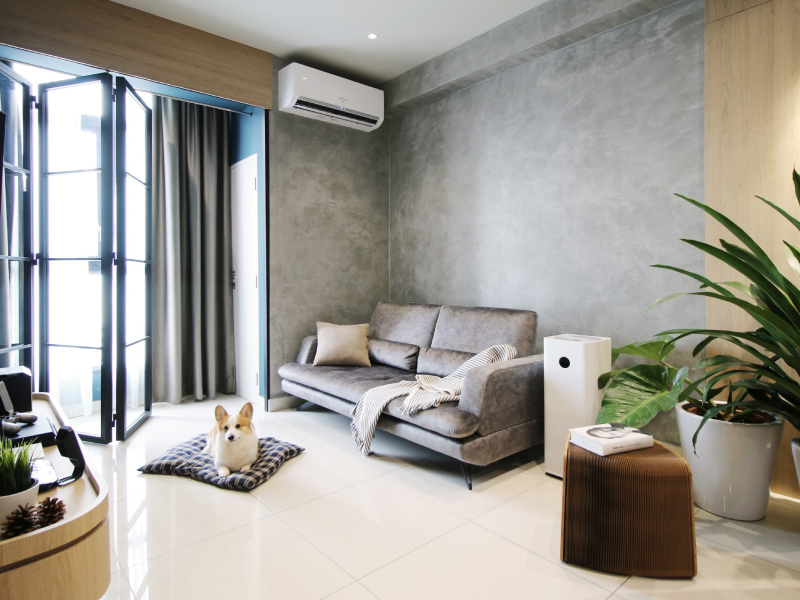
According to Feng Shui, light – natural light in specific – is an element of positivity. The more light shining into a room, the better. If your drapes are thick enough such that it blocks out the sunlight, tie them back as soon as the sun rises so that sunlight streams in.
However, some of us are not morning people and would rather sleep in for an extra thirty minutes; you can hang two layers of curtains as an alternative; one should be opaque while the other is sheer. Why two layers, you might ask? The sheer layer can remain draped over the windows throughout the day to offer privacy yet still allow ample light to stream in. The opaque layer is for you to pull over at night. Based on tradition, darkness is the purveyor of negative energy. So, if you want to attract positive energy and good fortune, it is essential to draw them open once the morning comes.
The role of colours
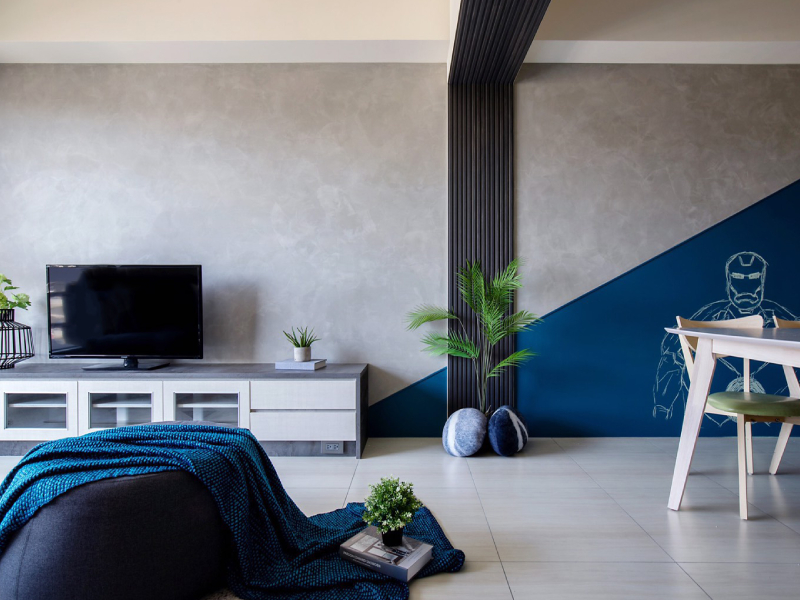
It is no secret that colours significantly impact a person’s mood; warm and vibrant colours stimulate energy, while cooler muted ones help with relaxation. In Feng Shui, a specific family of colours correspond to five different elements – fire, water, earth, metal, and wood. If you want your room to radiate positive energy, it is best to choose your curtain colour based on these colours.
If you are decorating your living room, choose earth tones because these colours have a balancing influence on your mind. Should you need to revamp your working space or office, try metallic tones such as greys and whites because these help you achieve both clarity and focus.
The curtains should not block the view
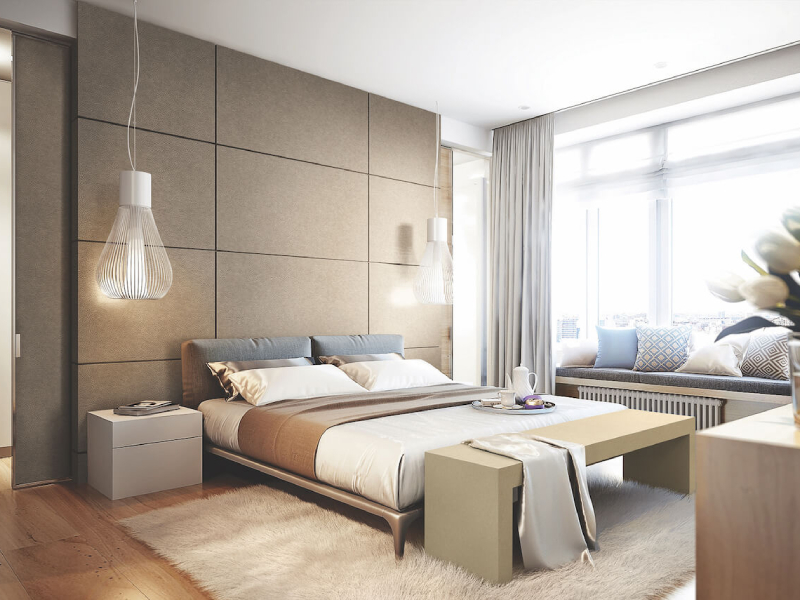
While curtains are commonly used to enhance the interior of a house, coming in second is their ability to increase privacy from outdoors, which can sometimes mean blocking the outdoor scenery. However, you might want to avoid doing so if you are trying to adhere to Feng Shui. As mentioned earlier, light is an essential aspect of Feng Shui. Apart from light, Feng Shui also places importance on a person’s connection with nature; hence why when choosing your curtains and hanging them up, it should ideally frame the outdoor view over blocking it.
That said, you do not need to do away with opaque curtains as there is a way to work around this. Mount the curtain rods as close to the ceiling as possible – this will let more light in when you pull them back and give you the illusion of a bigger room. Alternatively, you can also mount rods longer than the width of your windowpane so that the view would not be obstructed even with your curtains pulled back.
Conclusion
While it may be easy to follow the Feng Shui standards because everyone wants to have positive energy in their homes, there is no guarantee that doing so will complement other fixtures in your room. For example, your choice of pastel-coloured curtains might clash with your feature wall of brick veneer, or your patterned curtains might be too stimulating because you already have Korean wallpaper designs for the bedroom walls.
If you adhere to Feng Shui without considering your room’s existing fittings, you might ruin the existing appeal instead of building upon it. Therefore, try to balance the colours and lights used with the overall harmony of the home design and furnishings.

